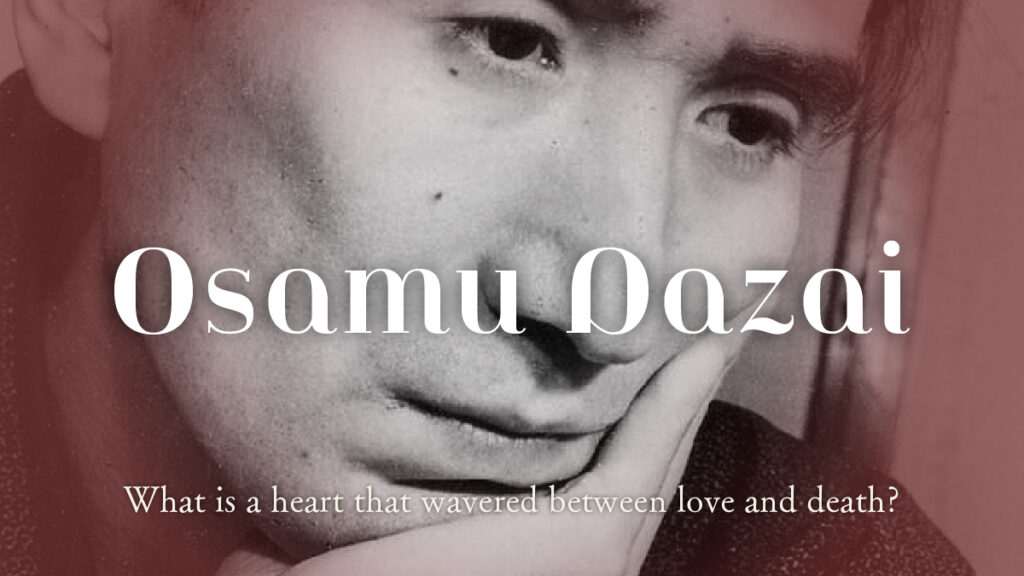Anne Frank’s View of Love|What Secret Love Hid Within Her Diary?
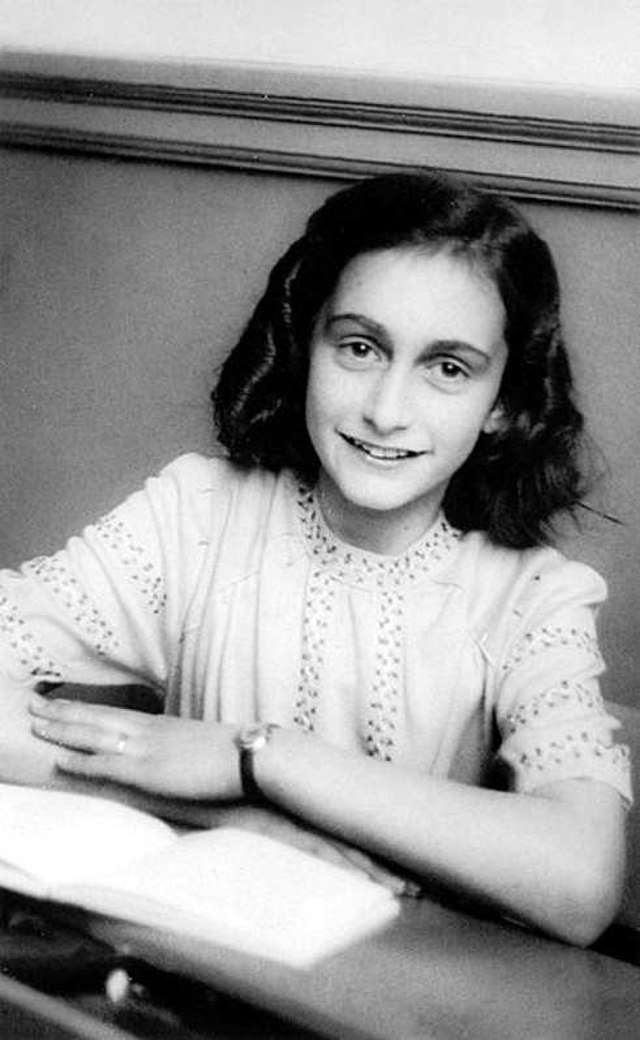
Can a young girl’s love bloom even in the midst of war?
Anne Frank quietly asks us that question.
Her life lasted only fifteen years.
Yet her words transcend time, still echoing vividly today.
The sky above the attic, the glow of candlelight, the feelings she couldn’t tell anyone—
In The Diary of Anne Frank, read by millions across the world, we find not only fear of war,
but also a candid, unflinching gaze toward love and sexuality.
The turmoil of adolescence.
The warmth of an unexpected touch.
The ache of longing.
And the hope to believe in a future.
These things were more human than any history and more truthful than any record.
In this article, let us gently trace Anne’s quiet journey through “love.”
A Girl Fleeing the Fires of War
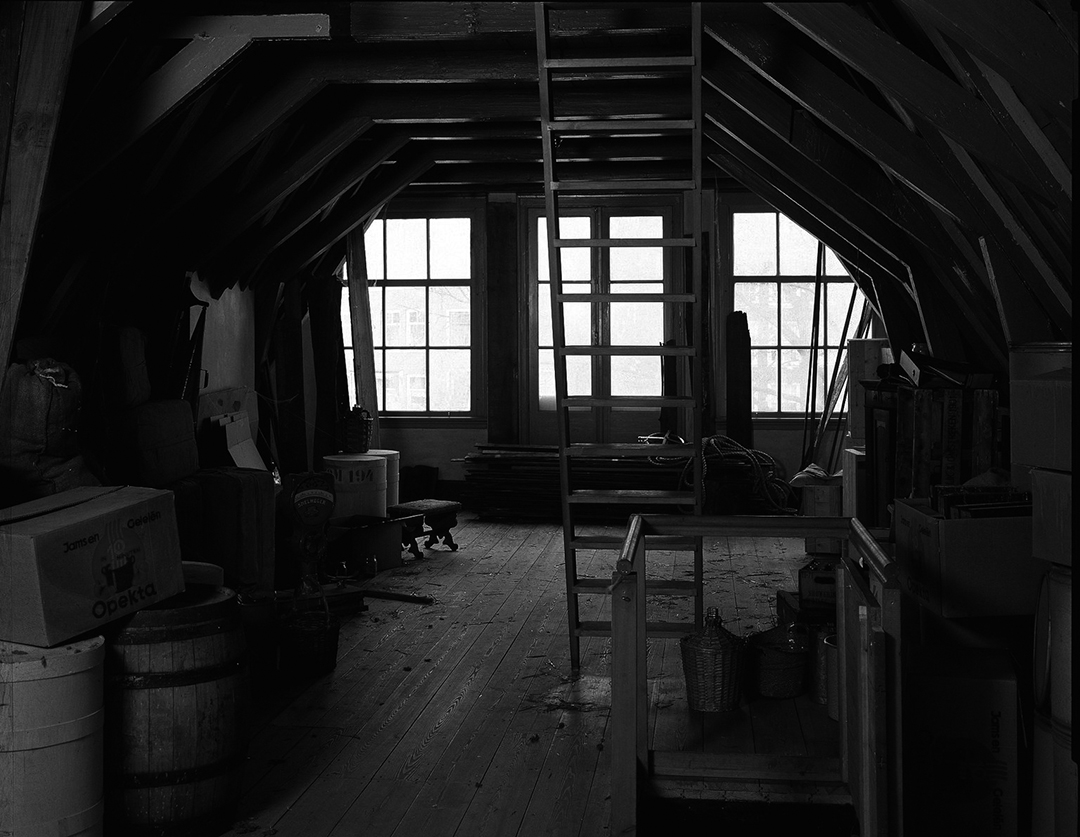
The Fate of the Frank Family
Anne Frank was born on June 12, 1929, in Frankfurt, Germany.
Her father Otto was a cultured businessman, and her mother Edith, a devout Jewish woman.
Anne’s early years were peaceful, untouched by the looming storm of war.
But in 1933, with Hitler’s rise to power, everything changed in an instant.
As persecution of Jews escalated, the Frank family fled Germany and settled in Amsterdam, the Netherlands.
Though it seemed safe at first, that refuge, too, eventually fell under Nazi occupation.
Restrictions piled up—no more school, no more jobs, no more friendships.
Little by little, their freedoms were taken away.
First Love
Anne’s first love came just before she turned thirteen.
His name was Peter Schiff, a boy three years older than her.
His dark eyes and quiet voice left a lasting impression on Anne’s heart.
Even the roar of bombs couldn’t dull her feelings—
She dreamed of him often, searching for his face in sleep.
She called him “my first love” and wrote in her diary:
“There was a depth in his eyes as if he could see right through me.”
Escape into the Secret Annex
On June 12, 1942, Anne received a small red checkered notebook from her father for her thirteenth birthday.
She began writing her thoughts in it daily.
But just weeks later, that normal life abruptly ended.
In July, a deportation notice arrived for her sister Margot, and the Franks were forced into hiding.
Their hiding place was a concealed annex behind Otto’s company office—what would later be known as the “Secret Annex.”
They shared the small space with another family, the Van Daans.
Low ceilings, hushed voices, the world seen only through dark curtains—
To Anne, it was like a miniature garden, sealed off from reality.
A Light in the Annex
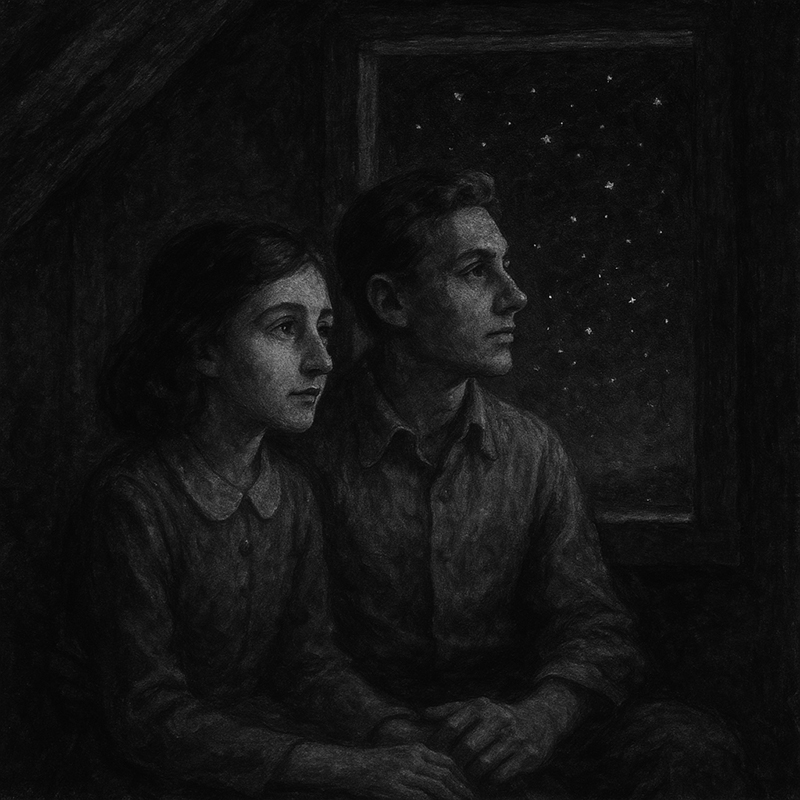
Meeting Peter
Now fourteen, Anne lived as if in a long dream meant to erase the world outside.
But then came a quiet ripple—Peter Van Daan, the teenage son of the other family in hiding.
At first, Anne found him awkward and boring, calling him “a rather dull boy.”
But one day, Peter—who had always called her “Miss Frank”—suddenly addressed her simply as “Anne.”
It was a small change, but to her, it felt like the space between them had vanished.
“Just one word, and my heart leapt,”
she wrote.
From then on, the two would sometimes sneak up to the attic, watching stars in silence or whispering few words.
“When I’m with Peter, the quiet Anne inside me comes out.”
She was able to reveal a part of herself that no one else had ever seen.
Yet at the same time, she wondered:
“Do I really love Peter—or am I just lonely?”
Her heart wavered between the desire for him and the fear that she might simply be clinging to him to soothe her solitude.
The same walls, the same air, the same smells day after day.
Within that monotony, a glance or a gentle word could ignite a flame deep within.
Their First Kiss
March 1944.
Winter’s chill still lingered in the attic.
Anne and Peter stood side by side beneath the small attic window.
Outside, a full moon floated in the sky, and stars blinked quietly above.
Anne loved the stars.
To her, they symbolized freedom.
That night, the world felt far away.
Their eyes met, and their lips gently touched.
“We didn’t say anything.
Our hearts simply reached for each other,”
she wrote.
In that moment, the sound of bombs, the cold, the fear of the future—everything faded.
It wasn’t desire.
It was hope for another person found amid solitude.
A touch to confirm the warmth of a beating heart.
Storms of Adolescence

Awakening and Guilt
As her relationship with Peter deepened, Anne began to quietly imagine what kissing “should” be like.
“Do I open my mouth? Keep it closed? Like in the movies?”
She wondered—torn between curiosity and confusion.
In her diary, she wrote frankly about the changes in her body and her interest in sex.
“Why do adults hide something so important?”
Her questions about menstruation, kissing, and growing into womanhood revealed a girl transforming in the shadow of war.
Her words were at times startlingly honest, and at others, heartbreakingly delicate—
like fingers reaching into the deepest parts of her own heart.
Forbidden Fantasies
Anne’s affection wasn’t reserved for boys alone.
Thinking of her former friend Jacqueline van Maarsen, she once wrote:
“I felt a longing to touch a girl’s body.”
It wasn’t just curiosity—it was a quiet yearning that rose from her soul.
She also wrote:
“I’m always captivated by the beauty of a girl’s body.”
Locked away in silence, faced with only herself, Anne examined the shapes of her feelings,
not to explain them to others, but to reach out gently to her own heart.
These passages were omitted from the first postwar editions of her diary—
but they later surfaced in the complete edition.
They weren’t just candid.
They showed courage—facing emotions she didn’t yet have words for.
Feelings Change
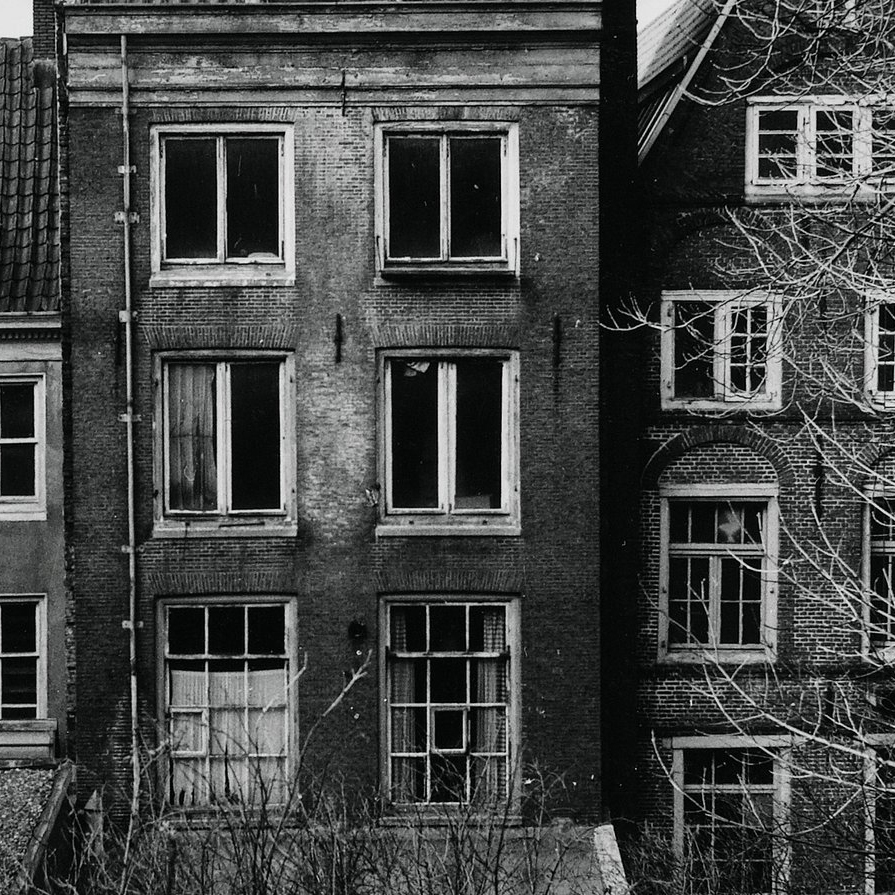
Between Love and Friendship
Anne’s relationship with her mother, Edith, also created tension, especially around the subject of love.
Her mother avoided talking about romance or her body’s changes,
and Anne complained that “Mother still treats me like a child and never tries to understand me.”
Anne’s once-exciting connection with Peter gradually shifted.
“Peter is kind, but he lacks strength.”
So she wrote.
With no knowledge of the outside world, no promises for the future,
perhaps their bond was less romantic and more of a “makeshift family” to ease the loneliness.
And yet, that’s what made it real.
A place to rest one’s heart.
“To trust someone is so warm.”
It was a connection that went beyond love—a quiet affirmation of being human.
Behind the Closed Door
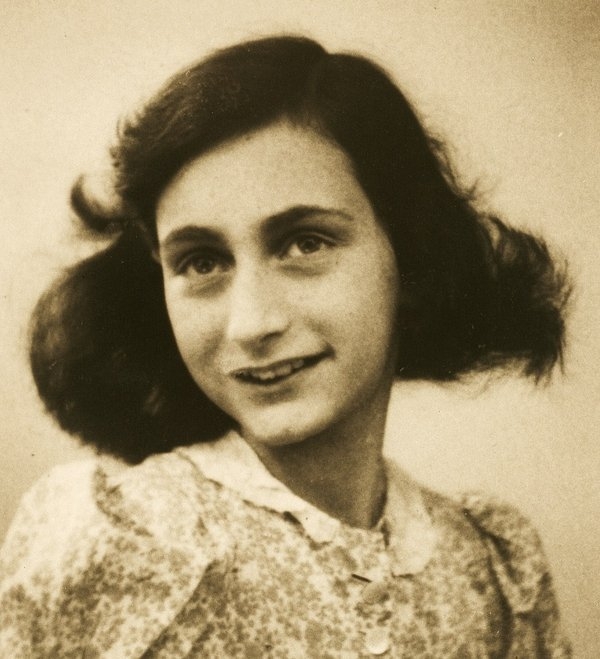
The Final Diary Entry
August 1, 1944—Anne’s final diary entry.
“There are two Annes inside me. One is cheerful, the other is quiet and lonely.”
Soon after, the secret annex was raided by the Nazis.
Everyone was arrested.
Anne died in the Bergen-Belsen concentration camp, likely in March 1945.
She was only 15.
Peter also perished in a labor camp.
Their love bloomed in the attic—
and faded away with the air of that hidden room.
A Love That Proved She Lived
“Don’t count the dead—listen to the voices of those who lived.”
Anne Frank’s memories of love aren’t some rare, dramatic tale.
They’re universal:
The ache and joy of adolescence.
The longing to touch.
The desperate wish to believe.
The fragile love that bloomed in that attic never broke—
not under gunfire, nor persecution, nor freezing nights.
Even as war tried to steal everything,
what remained within her until the very end was the ability to love.
She loved.
She faltered, but she cared.
And in writing that down, she truly lived.
A world where young girls’ love is taken.
A world where dreaming out loud is forbidden.
That world must never be allowed to return.
So let me ask you:
In that attic, who would you think of?
And what would you hope for?


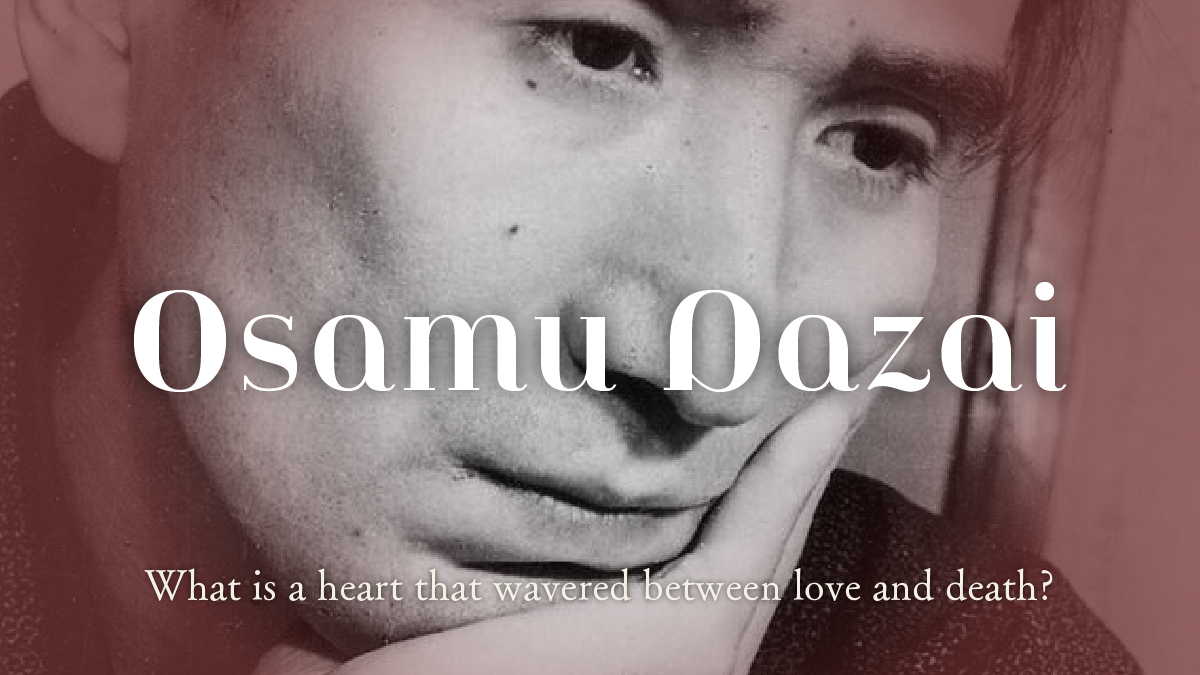


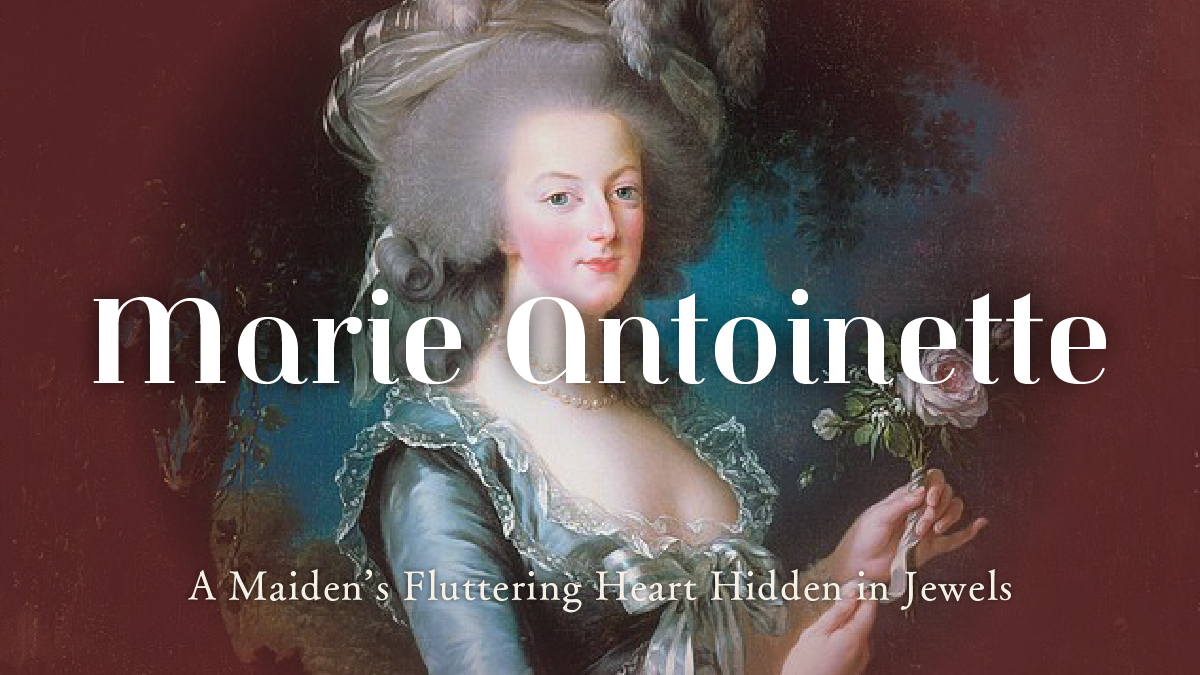

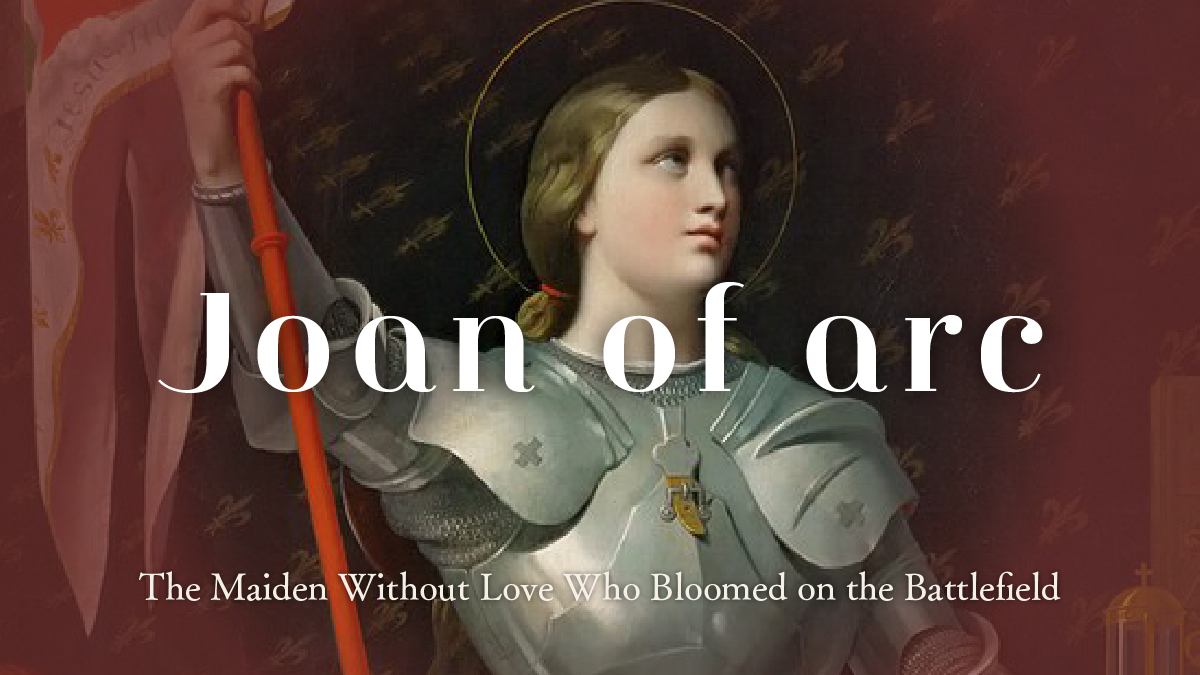


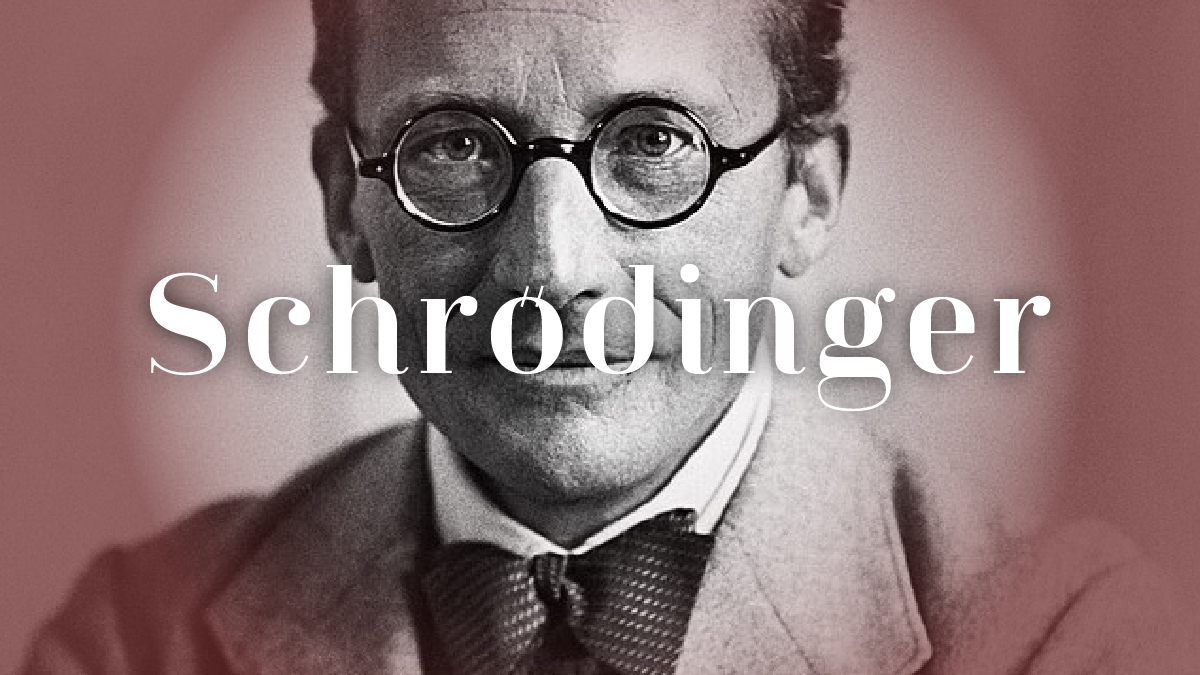

 日本語
日本語









